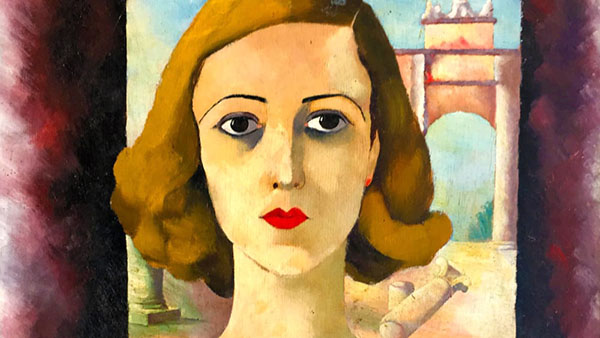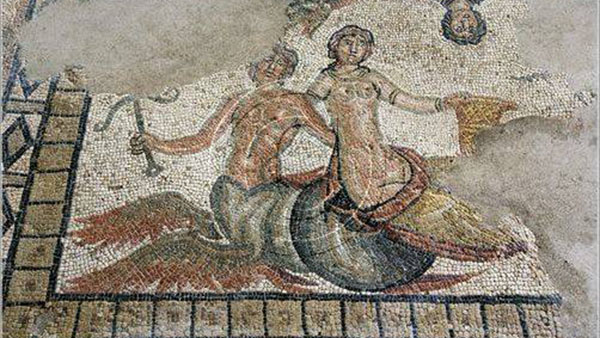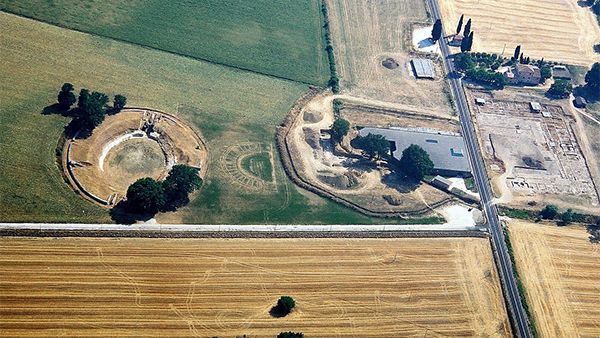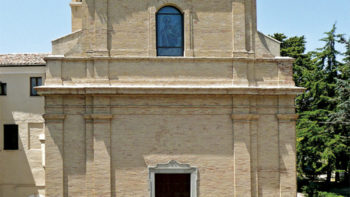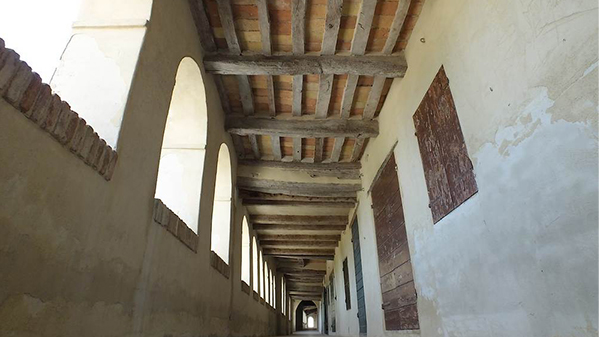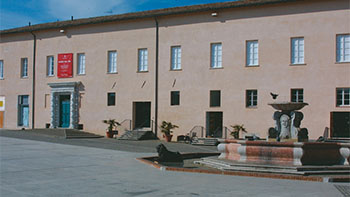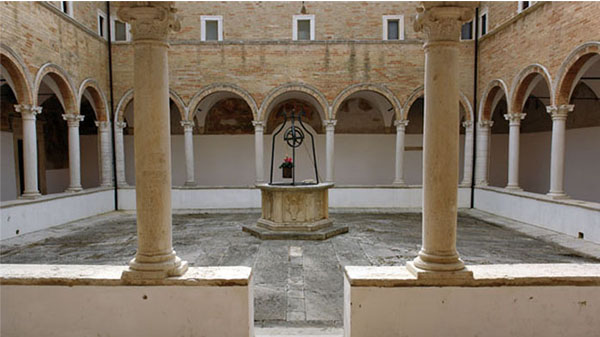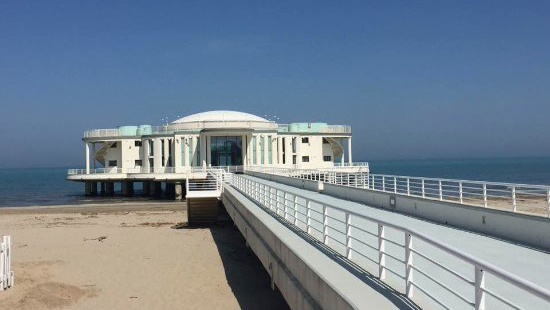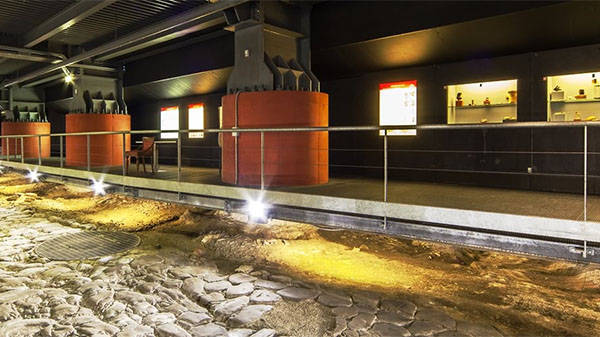Trecastelli – The Nora de’ Nobili Museum
Located at Villino Romualdo in the centre of Ripe, a hamlet in the new Trecastelli municipality, the museum contains a splendid collection of works by the painter Nori de’ Nobili, a woman, artist and intellectual of outstanding talent who has unjustly fallen into oblivion on the contemporary artistic scene. The painter’s life and artistic development is described in approximately seventy works, spanning from her years in training, earliest works, right up to the evolution of the second phase of her life. Eleonora de’ Nobili was born in Pesaro in 1902, her parents were Carlo de’ Nobili and Luisa Augusti. She …

